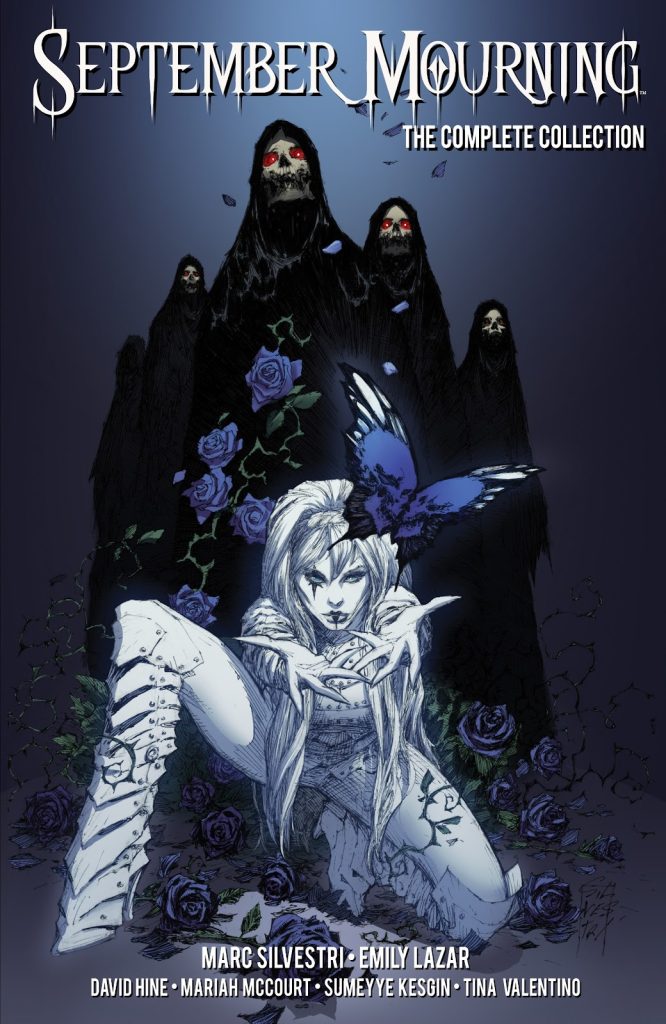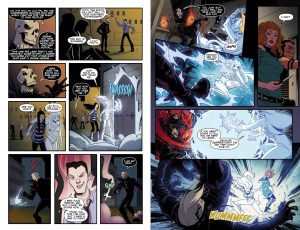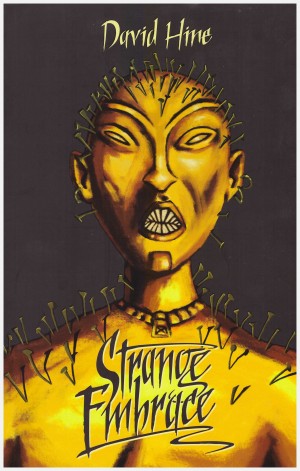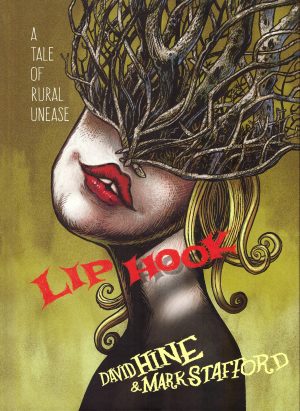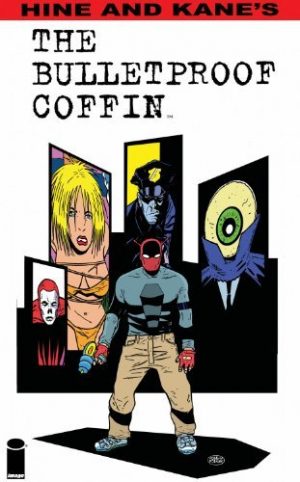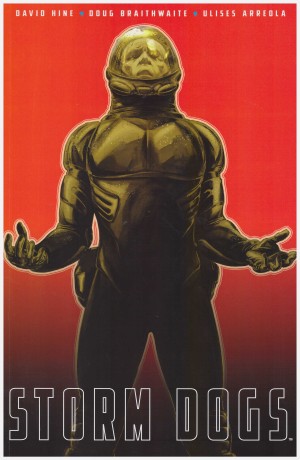Review by Frank Plowright
The Reapers are other-dimensional monstrosities that seep through to Earth to collect the souls of the dead. However, one of them finds a girl who’s recently died so beautiful they’re unable to collect the soul, and so instead merges with her to restore a form of life. The result is someone also able to collect souls, but able to return the lives of innocents instead taking them from the wicked.
It’s just as well the back cover blurb supplies the final information, as it’s a long time in coming when you’re reading this patience-straining gothic horror.
September Mourning is based on fantasies constructed around the stage persona of Emily Lazar when fronting her metal band, also called September Mourning. Despite having nothing to with writing or art, Marc Silvestri’s leading cover credit is apparently for working up the concept with Lazar, who at least co-writes one of the four chapters forming this Complete Collection.
The origin is supplied as a first person narrative from Claire, who may be blind, but can see Reapers. When telling her mother this as a young child just after her sister has died, her mother responds by slapping her hard. A few years later she’s handed the Book of Fate by a black cloaked figure, which she can read despite her blindness, and this leads her to the woman she refers to as “Seps”.
Mariah McCourt writes the opening chapter, while Lazar collaborates on the second, where the dialogue becomes woeful. At one point, out of nowhere a reaper threatens September and a random bystander intervenes, leading to the bizarre dialogue of the sample page. The book’s first half is drawn in a not especially attractive jagged cartoon style by Sumeyye Kesgin, who opts for as few backgrounds as possible with lots of wispy effects.
It’s left to David Hine to introduce coherency to the concept and finish off what the others started. He makes some sense of the scraps previously presented, and manages to cram a quest into his two chapters. These are also improved for having Tina Valentino take over the art. Her characters have more life to them, she creates something more credible from the horrors already introduced and if she’s no more fond of backgrounds than Kesgin, at least the story flows better.
It’s hardly Hine’s finest work – see recommendations for what is, but by the end he’s created the impression that there is some potential to September Mourning after all.
